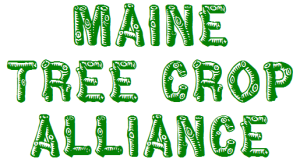Sterilized Pruning Tools: Nuisance or Necessity? by Dr. Linda Chalker-Scott, Washington State University Puyallup Research and Extension Center. (pdf post)
Excerpts from a Feb-2020 discussion:
Jack Kertesz: Still looking into this and no one seems to reach agreement on the subject of disinfecting tools (though everyone agrees this is NOT sterilization.)
This wikipedia article mentions a Lysol Power and Free product that is mainly hydrogen peroxide. It goes into other detail, somewhat gory and alarming, regarding the toxicity of the regular formula. (less to people)
I thought the previous article was pretty good but typically looked to alternatives rather shallowly in scope.
So if WE were looking for anti-viral, anti bacterial or anti fungal products there would be these options:
extracts of:
- black walnut husks
- calendula
- garlic
- osage orange bark
- Amur Cork tree root
- Japanese Honeysuckle
and a much longer list that may have potential not just for disinfecting tools. Mostly this goes back to my curiosity of how to find a local substitute for Neem.
But I also think that Mark Fulford’s approach of loading the plant with a bunch of nutrient supporting sprays and soil applications sounds promising. Can we get together to follow up on a visit to Mark’s and maybe other sites?
I still find Michael Phillips spraying protocols to be beyond the small growers capacity to comply. And then their are those untended trees that produce marketable fruit. Is there room here for grant supported research? I feel a little like a pest but I think that you know where I’m coming from.

